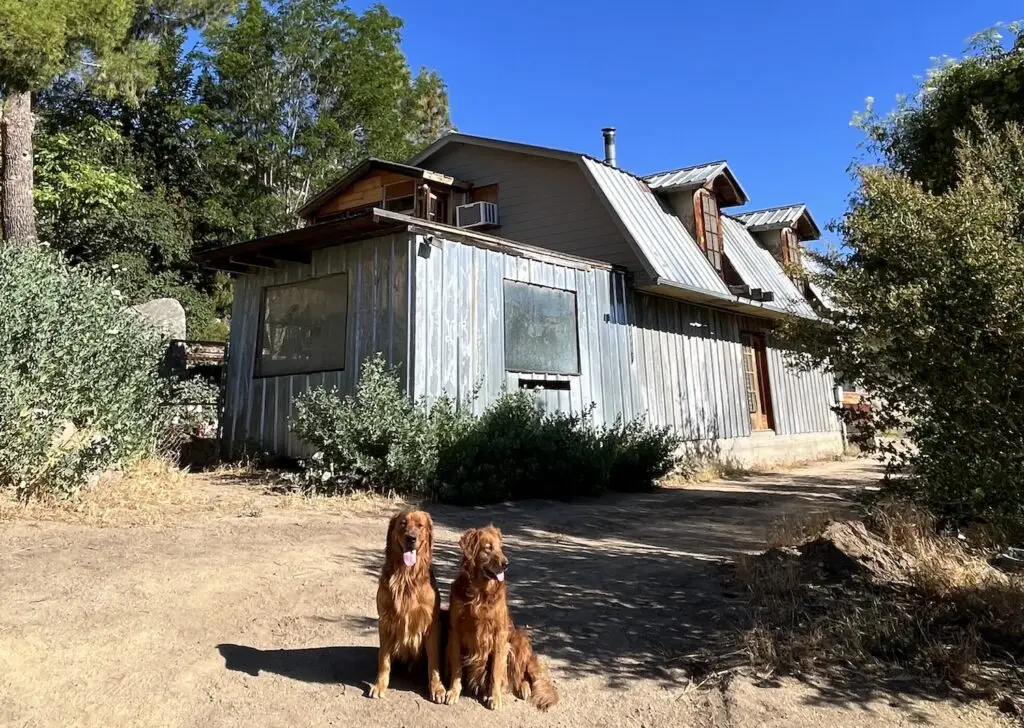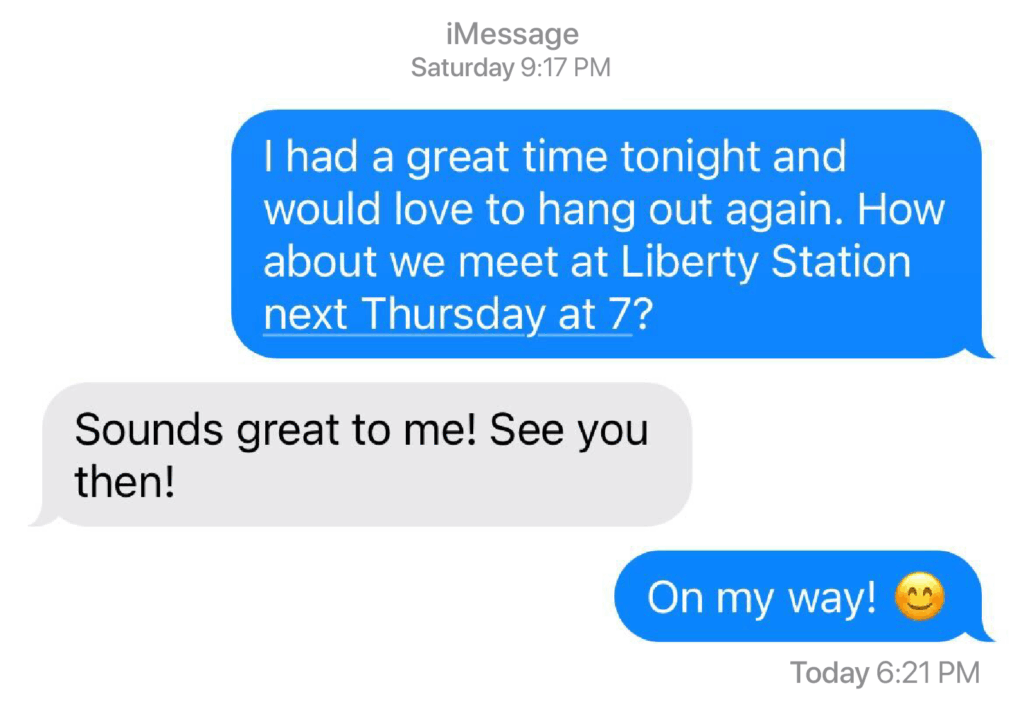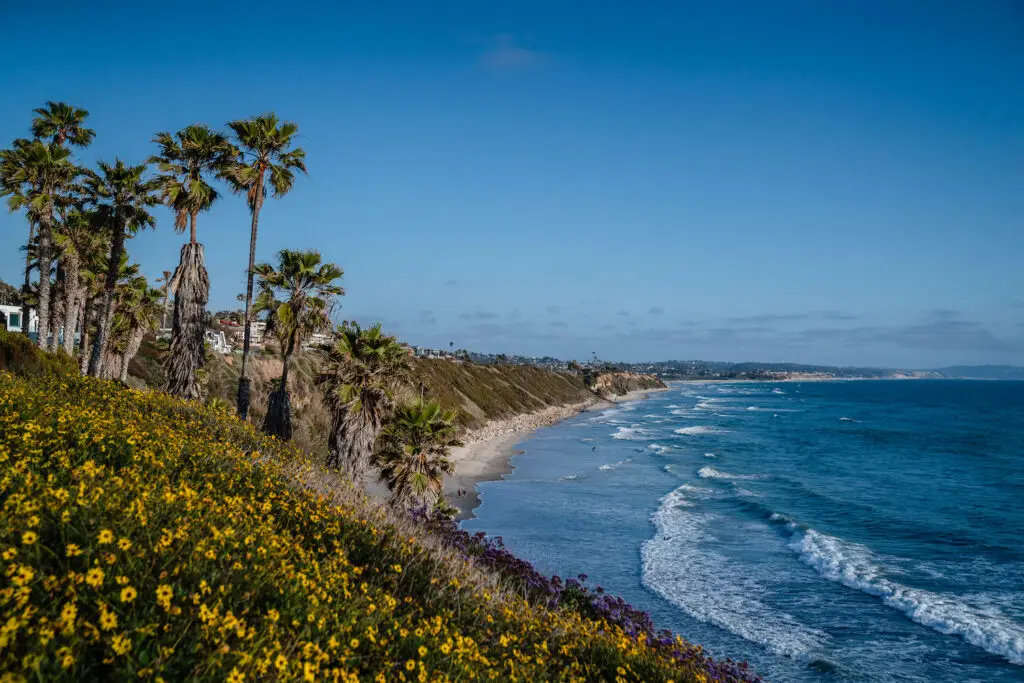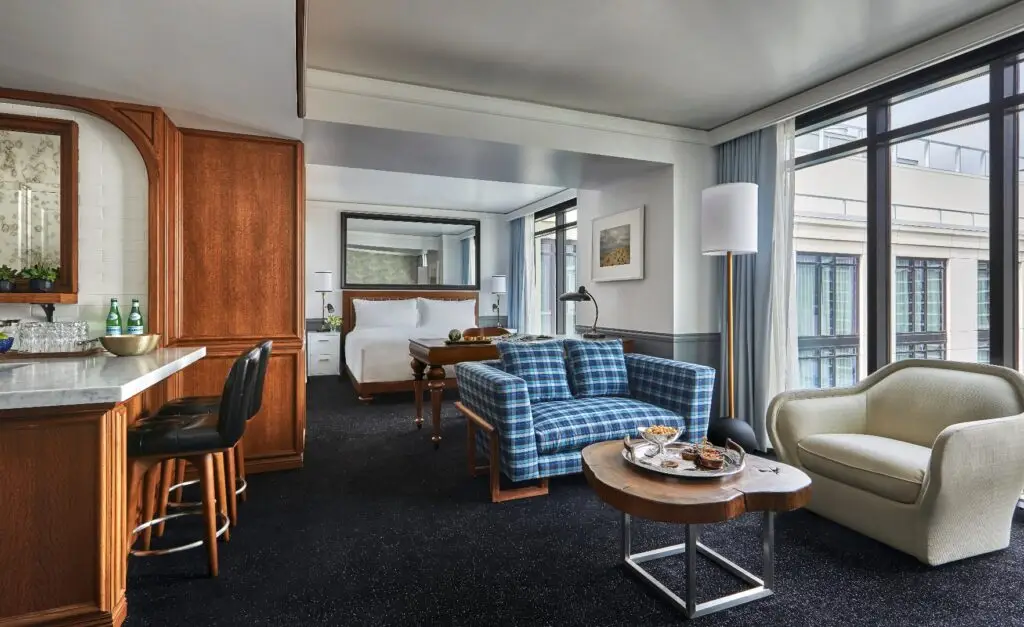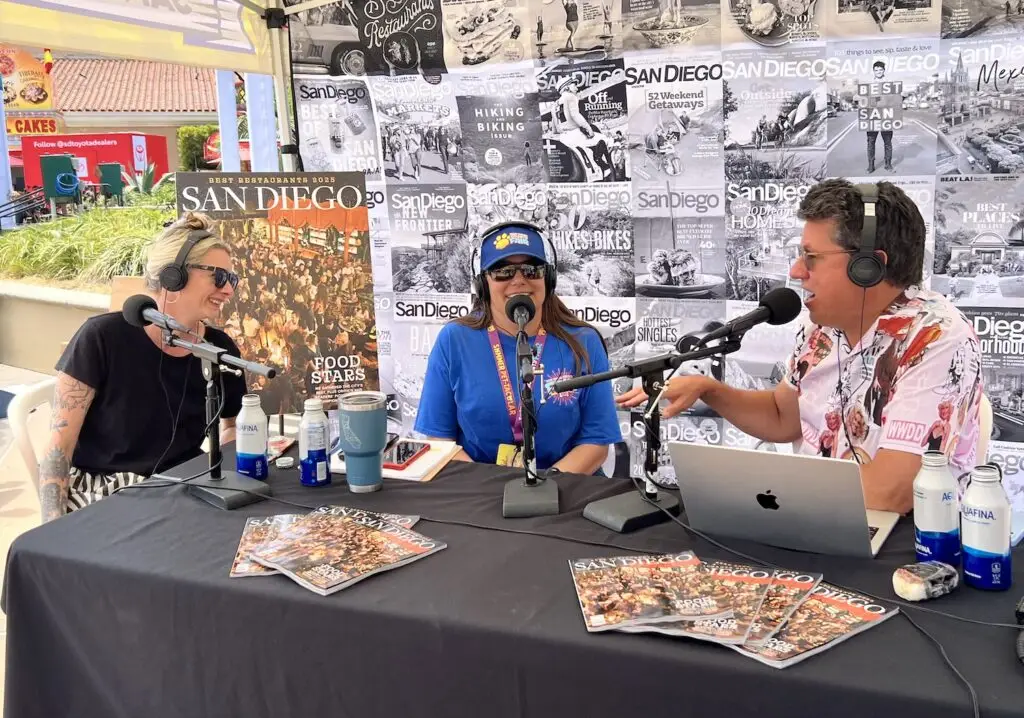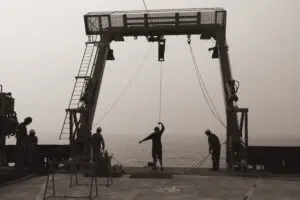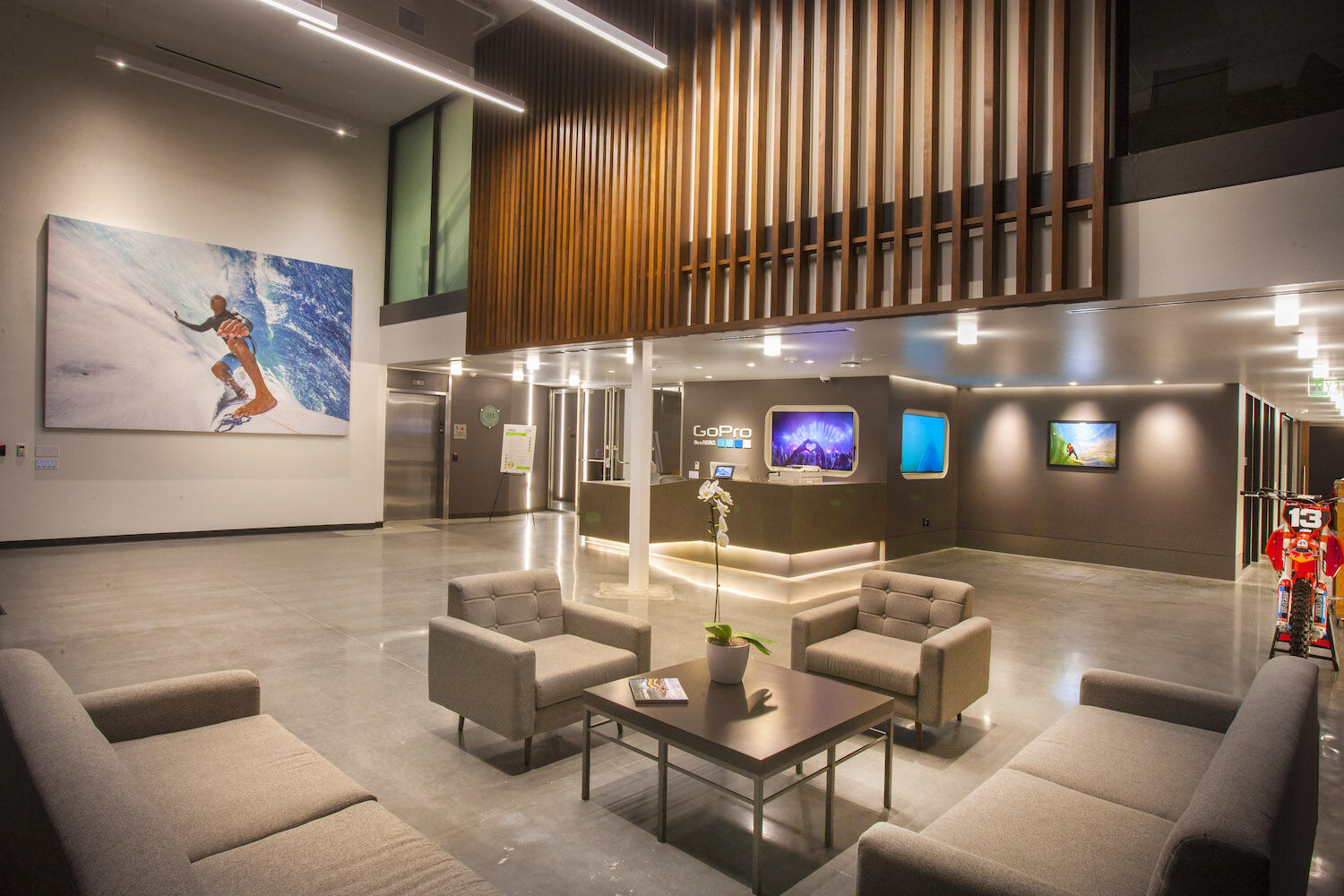
Kelly Slater oversees GoPro’s Carlsbad office
Gather round, children, to hear of a time before everyone had a high-quality movie camera in their pocket. Back at the turn of the century, when we had to wait an hour (at best) to get our photos developed at Thrifty.
Smarting from two failed startups and the dot-com bust in 2001, UC San Diego grad Nick Woodman took a trip to Indonesia. He wanted a way to get action shots of himself while surfing, but the best option at the time was strapping a chunky camera to his wrist with a rubber band. There was his next business idea: a waterproof wrist strap. (He soon saw the wisdom in selling the camera along with it.)
Woodman founded GoPro in 2002, named for what every amateur surfer hopes to do. He prototyped the strap and designed the camera casing himself, and debuted his first product, the GoPro Hero, in the 2004 Action Sports Retailer show at—where else—the San Diego Convention Center.
That first Hero used 35 mm film and took only stills. He pitched it to Kodak and they turned him down. But he got his first big sale, 100 cameras, to a Japanese company for use at a water park. A digital Hero came next, in 2006. It could shoot video—a whopping 10 seconds of footage. But it sold well enough at local surf shops for him to start hiring employees.
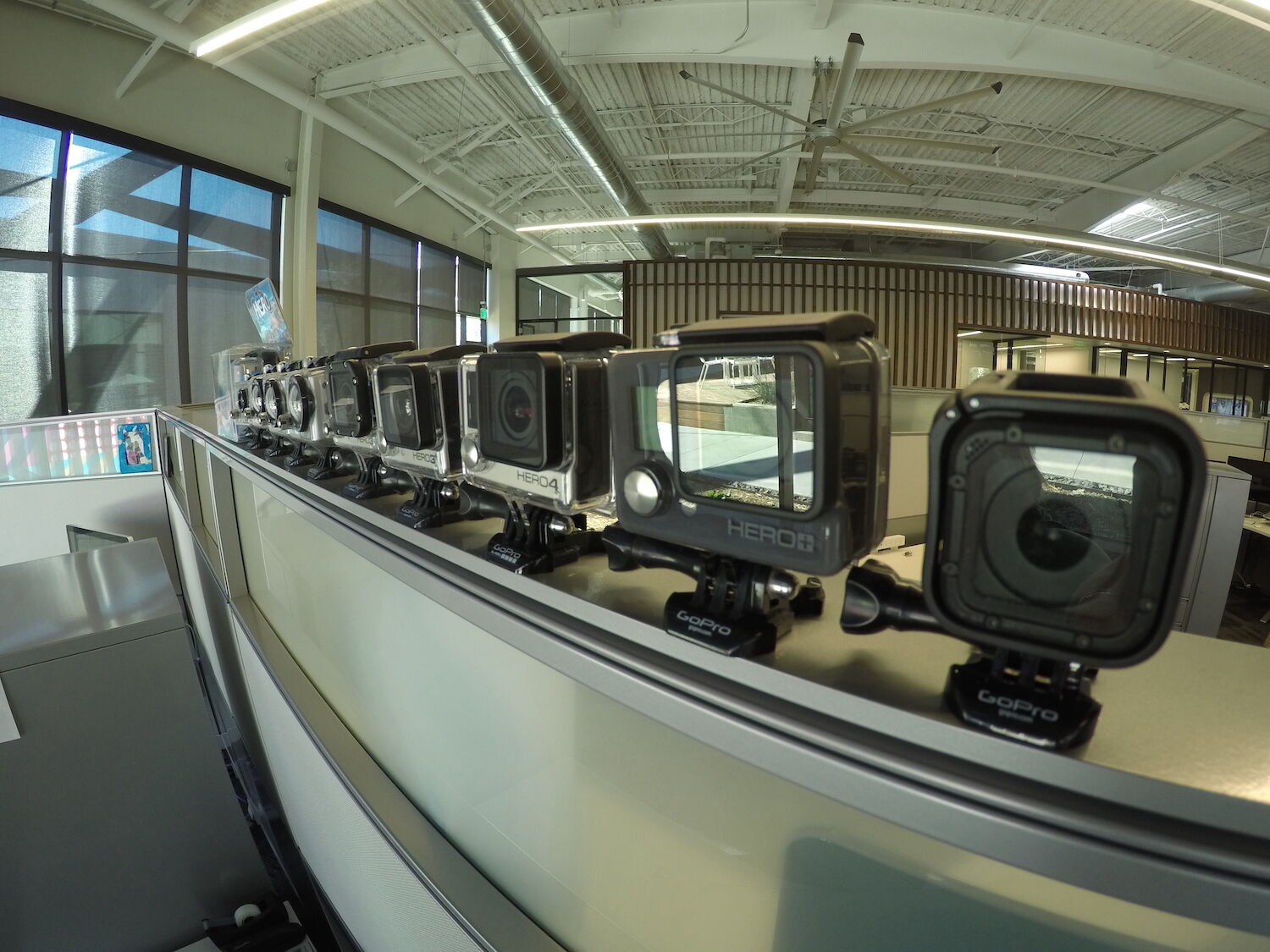
A look at the evolution of GoPro models
Woodman’s next eureka moment came while he was learning auto racing. He mounted the Hero on his roll bar “and the other students were like, ‘Dude, where’d you get that camera?’” explains Rick Loughery, GoPro’s vice president of global marketing. “And he’s like, ‘I make these.’ It dawned on him: ‘I’ve gotta get this off the wrist.’”
With a mount, GoPro cameras could attach to a surfboard, a helmet—anywhere. And athletes could turn the lens back on themselves without needing a separate photographer.
That’s when things really took off. Superstar surfer Kelly Slater signed on as a spokesperson. Then Shaun White, Lindsey Vonn—and, critically, a growing fanbase of amateurs. GoPro’s first HD camera, released in 2009, was perfectly positioned to catch the rise of YouTube.
Loughery recounts GoPro’s real estate history through its proximity to lunch: In 2010, the marketing team was working out of a bedroom in Leucadia, right behind Juanitas Taco Shop. As they expanded, their offices neighbored Pipes Café and The Besta-Wan Pizza House in Cardiff, and in 2016 they moved into their current space at Carlsbad’s Make campus (just down the block from Miguel’s Cocina), complete with lockers for employee surfboards.
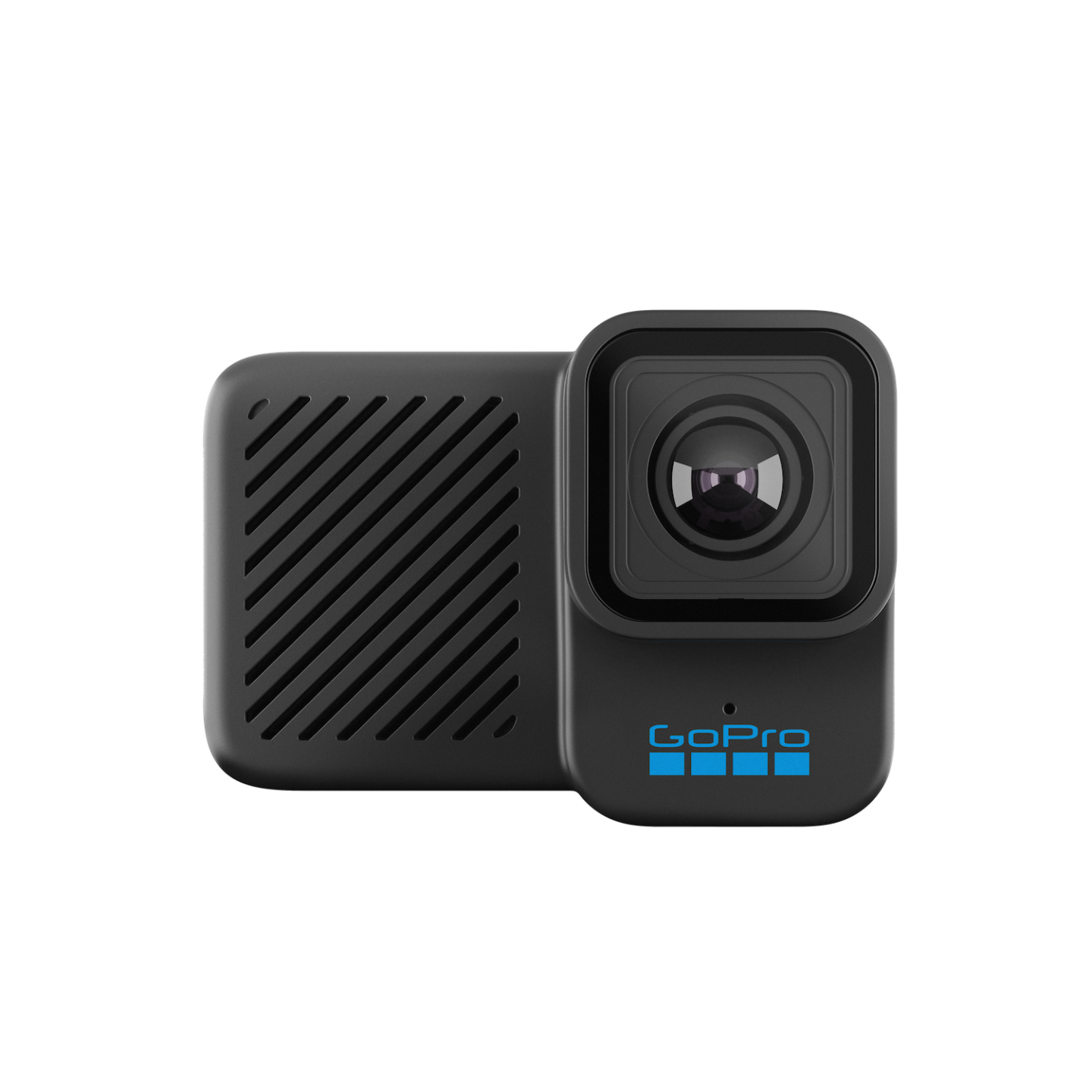
The ultralight Hero10 Black Bones camera designed for drones
The company briefly expanded into making drones that same year, but has since refocused on its core product: Their lightest camera yet, the Hero10 Black Bones, is instead specially designed to be mounted on a drone, with video stabilizing tech that won the company their second Emmy Award this February.
PARTNER CONTENT
Looking forward, however, Loughery is most excited about the software side, boasting that the GoPro app streamlines video editing to make it as easy as possible for the average user. “Tap, tap, and boom, you’ve got a really cool, fun edit, matched up to music.”

